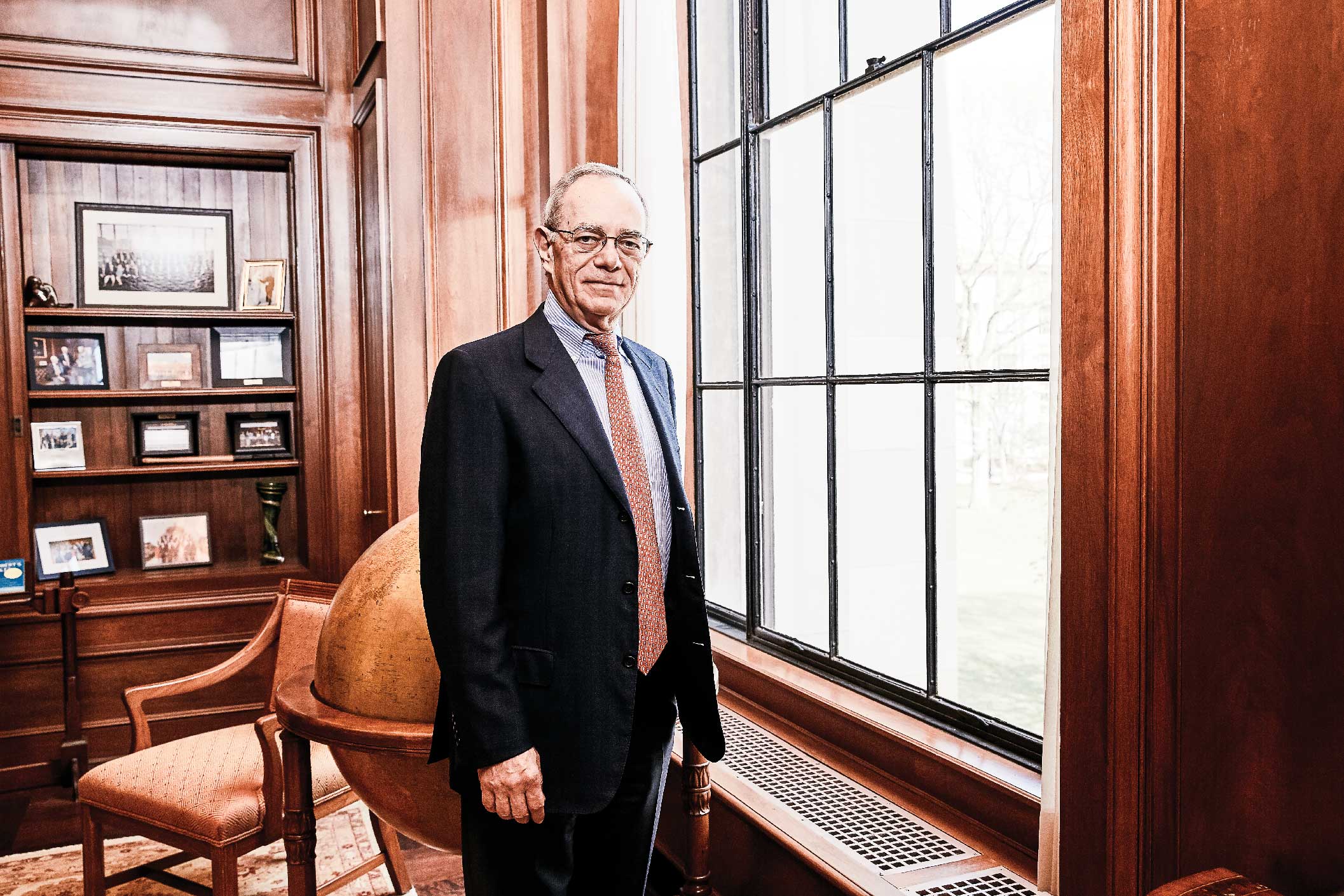Building a better MIT
Discrimination and power imbalances are rampant in academia and tech. But at MIT, we can do better.

This fall, in public forums, in private meetings, and through hundreds of emails and comment cards, I heard the unfiltered views of students, staff, postdocs, faculty, trustees, parents, and alumni following the disclosure of Jeffrey Epstein’s ties to MIT. Some of this feedback was very difficult to hear—difficult, but necessary. Much of it must have taken great courage to deliver. All of it was illuminating and helpful.
I heard female faculty members describe persistent inequities for women at MIT, from belittlement to marginalization—experiences that echo the National Academies’ landmark report on how gender harassment harms women’s well-being and their careers. I heard staff describe the challenge of doing their jobs when sharp imbalances of power left them unable to stop harsh, bullying, or abusive behavior from faculty stars, both men and women.
And I will never forget the voices of students, staff, and faculty who spoke about the painful impact on our community of MIT’s engagement with Epstein, including the intense effects on survivors of sexual assault. (If you would benefit from MIT’s resources for survivors, you can find them here.)
As I am learning, one definition of “culture” is “what a community tolerates.” Clearly, certain aspects of our shared culture are not serving us well.
Fortunately, the individual voices I have heard also conveyed a passionate commitment to our community. And they shared compelling ideas for how to create a better MIT—especially by seeking input from a much wider range of student, staff, and faculty voices, and increasing transparency and accountability. Some are also urging us, as a community, to pause—to reconsider MIT’s values, its goals, and its role in the world—and correct any misalignment.
We all know that discrimination, marginalization, and power imbalances exist throughout society and are rampant in academia and tech. But at MIT, we have never settled for being like others.
We are a community of thinkers and builders. We can examine these fractures together, reaffirm the best of our shared values, and rebuild with greater strength to make a better MIT. We need to work to get it right; persevering together through difficulty is something we understand. We work hard here, and the fundamentals of how we treat one another, and how we model that for the next generation of leaders, are as important as any other work we do. Let’s not rest until we create an MIT where every member of our community is treated with dignity and respect.
Keep Reading
Most Popular
Large language models can do jaw-dropping things. But nobody knows exactly why.
And that's a problem. Figuring it out is one of the biggest scientific puzzles of our time and a crucial step towards controlling more powerful future models.
How scientists traced a mysterious covid case back to six toilets
When wastewater surveillance turns into a hunt for a single infected individual, the ethics get tricky.
The problem with plug-in hybrids? Their drivers.
Plug-in hybrids are often sold as a transition to EVs, but new data from Europe shows we’re still underestimating the emissions they produce.
Stay connected
Get the latest updates from
MIT Technology Review
Discover special offers, top stories, upcoming events, and more.